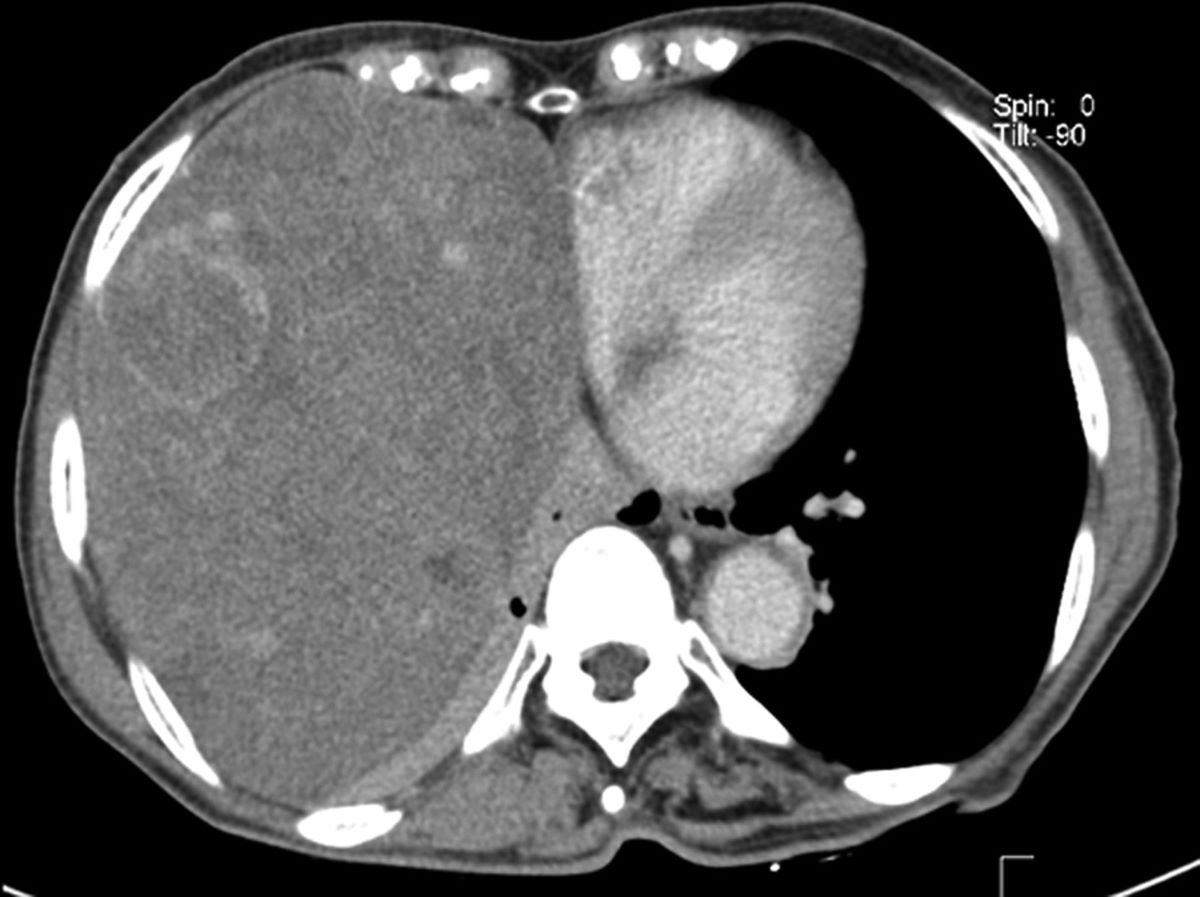
Doege–Potter Syndrome is a rare condition that often leaves people puzzled. This syndrome involves a non-cancerous tumor called a solitary fibrous tumor, typically found in the lungs. What makes it unique is its ability to cause low blood sugar levels, a condition known as hypoglycemia. This happens because the tumor produces an insulin-like growth factor, which lowers blood sugar. Symptoms can range from dizziness and sweating to confusion and even fainting. Diagnosing this syndrome can be tricky due to its rarity and the common nature of its symptoms. Treatment usually involves surgical removal of the tumor, which often resolves the hypoglycemia. Understanding Doege–Potter Syndrome is crucial for timely diagnosis and effective treatment.
What is Doege–Potter Syndrome?
Doege–Potter Syndrome (DPS) is a rare medical condition. It involves a non-cancerous tumor called a solitary fibrous tumor (SFT) that usually forms in the pleura, the lining around the lungs. This syndrome is unique because the tumor causes low blood sugar levels, a condition known as hypoglycemia.
-
Rare Condition: DPS is extremely rare, with only about 100 cases reported worldwide.
-
Named After Doctors: The syndrome is named after Karl Doege and Roy Potter, who first described it in the 1930s.
-
Hypoglycemia: The tumor produces insulin-like growth factor 2 (IGF-2), leading to severe hypoglycemia.
-
Non-Cancerous Tumor: The tumor involved in DPS is usually benign, meaning it is not cancerous.
Symptoms of Doege–Potter Syndrome
Understanding the symptoms can help in early diagnosis and treatment. DPS symptoms are often related to the effects of hypoglycemia.
-
Low Blood Sugar Symptoms: Patients often experience dizziness, sweating, confusion, and even fainting due to low blood sugar.
-
Weight Loss: Unexplained weight loss is a common symptom because the body is not getting enough glucose.
-
Weakness: Generalized weakness and fatigue are frequent complaints among those with DPS.
-
Seizures: In severe cases, hypoglycemia can lead to seizures.
Diagnosis of Doege–Potter Syndrome
Diagnosing DPS involves a combination of clinical evaluation, imaging studies, and laboratory tests.
-
Blood Tests: Blood tests reveal low glucose levels and elevated IGF-2 levels.
-
Imaging: CT scans or MRIs are used to locate the solitary fibrous tumor.
-
Biopsy: A biopsy of the tumor confirms the diagnosis by identifying its specific cellular characteristics.
-
Endocrine Evaluation: Endocrinologists often evaluate hormone levels to rule out other causes of hypoglycemia.
Treatment Options for Doege–Potter Syndrome
Treatment focuses on removing the tumor and managing hypoglycemia.
-
Surgery: The primary treatment is surgical removal of the tumor, which usually resolves hypoglycemia.
-
Medications: Medications like glucocorticoids can help manage blood sugar levels before surgery.
-
Dietary Changes: Frequent, small meals rich in carbohydrates can help maintain blood sugar levels.
-
Monitoring: Regular follow-ups are essential to monitor for recurrence of the tumor or hypoglycemia.
Prognosis and Long-Term Outlook
The prognosis for DPS varies depending on several factors, including the tumor's size and location.
-
Good Prognosis: Most patients have a good prognosis if the tumor is completely removed.
-
Recurrence: There is a risk of tumor recurrence, so long-term monitoring is necessary.
-
Quality of Life: With proper treatment, most patients can lead a normal life.
-
Research: Ongoing research aims to better understand DPS and improve treatment options.
Final Thoughts on Doege–Potter Syndrome
Doege–Potter Syndrome is a rare condition linked to solitary fibrous tumors. These tumors, often found in the pleura, can cause non-islet cell tumor hypoglycemia (NICTH). Symptoms like fatigue, confusion, and seizures arise from low blood sugar levels. Early diagnosis is crucial for effective treatment, which usually involves surgical removal of the tumor. Post-surgery, patients often see a significant improvement in symptoms and quality of life. Understanding the connection between solitary fibrous tumors and hypoglycemia can help in managing this condition better. If you or someone you know experiences unexplained hypoglycemia, consider discussing the possibility of Doege–Potter Syndrome with a healthcare provider. Awareness and timely intervention can make a big difference.
Was this page helpful?
Our commitment to delivering trustworthy and engaging content is at the heart of what we do. Each fact on our site is contributed by real users like you, bringing a wealth of diverse insights and information. To ensure the highest standards of accuracy and reliability, our dedicated editors meticulously review each submission. This process guarantees that the facts we share are not only fascinating but also credible. Trust in our commitment to quality and authenticity as you explore and learn with us.


